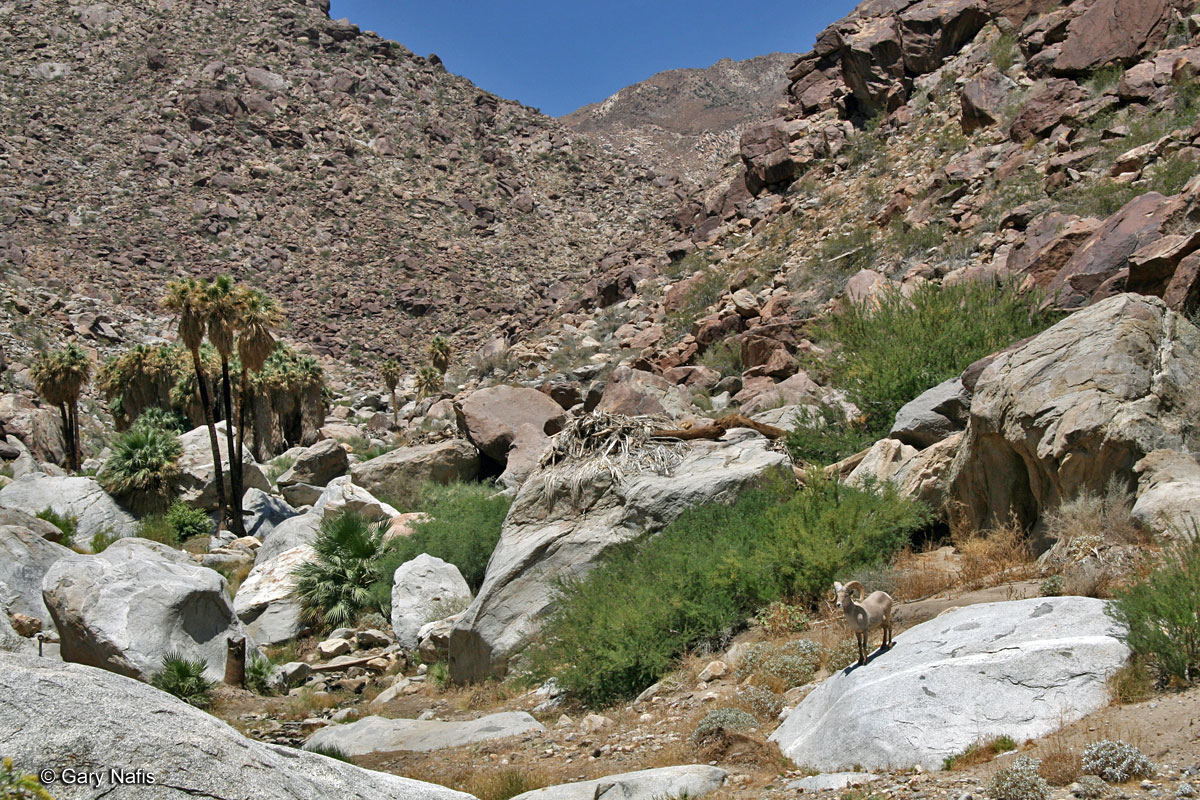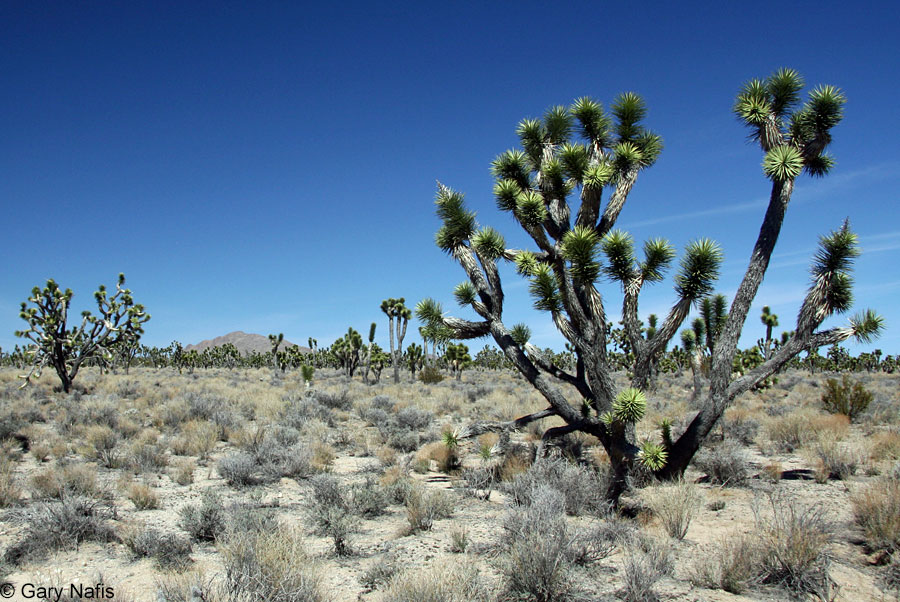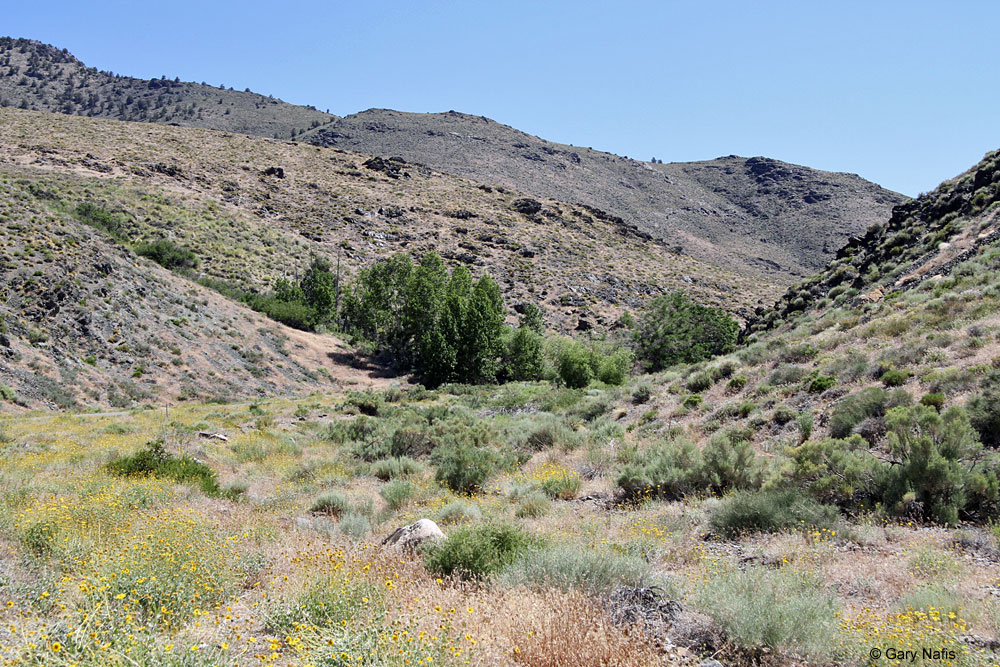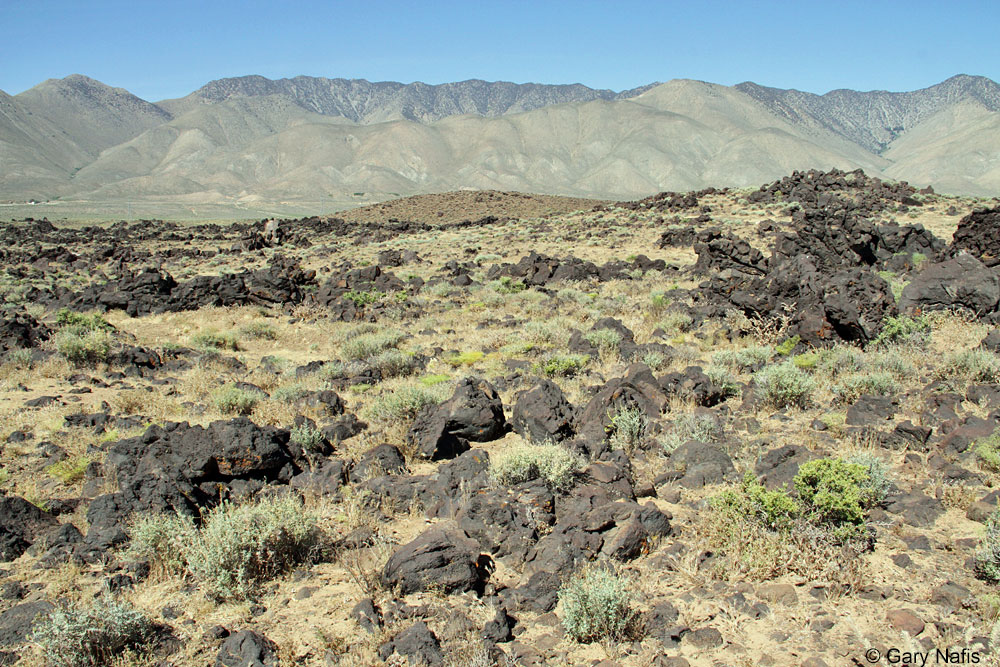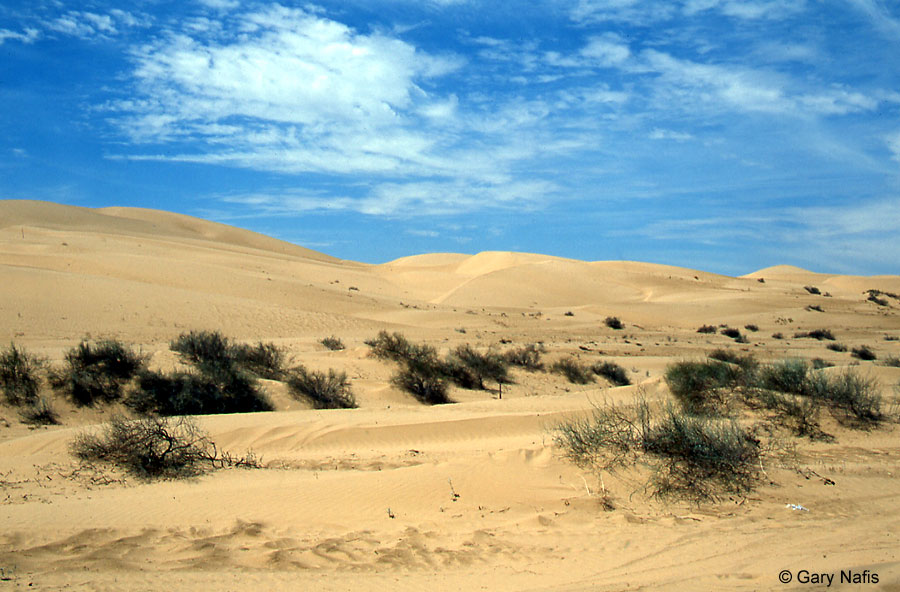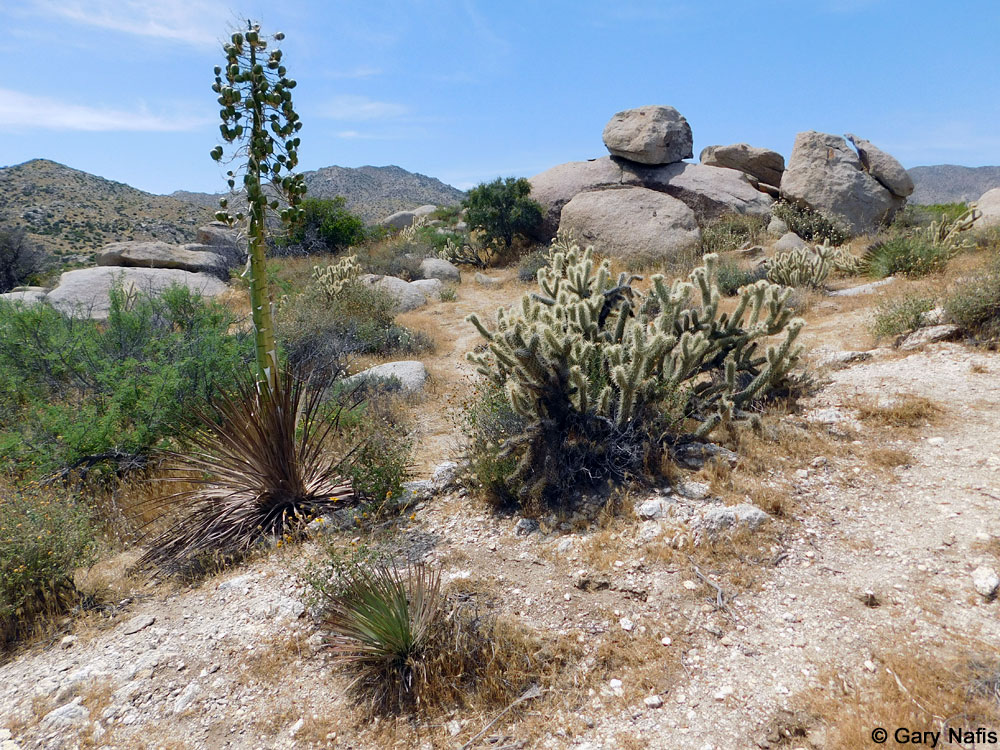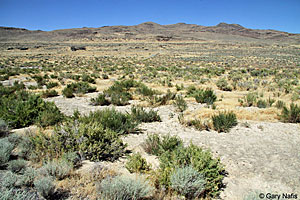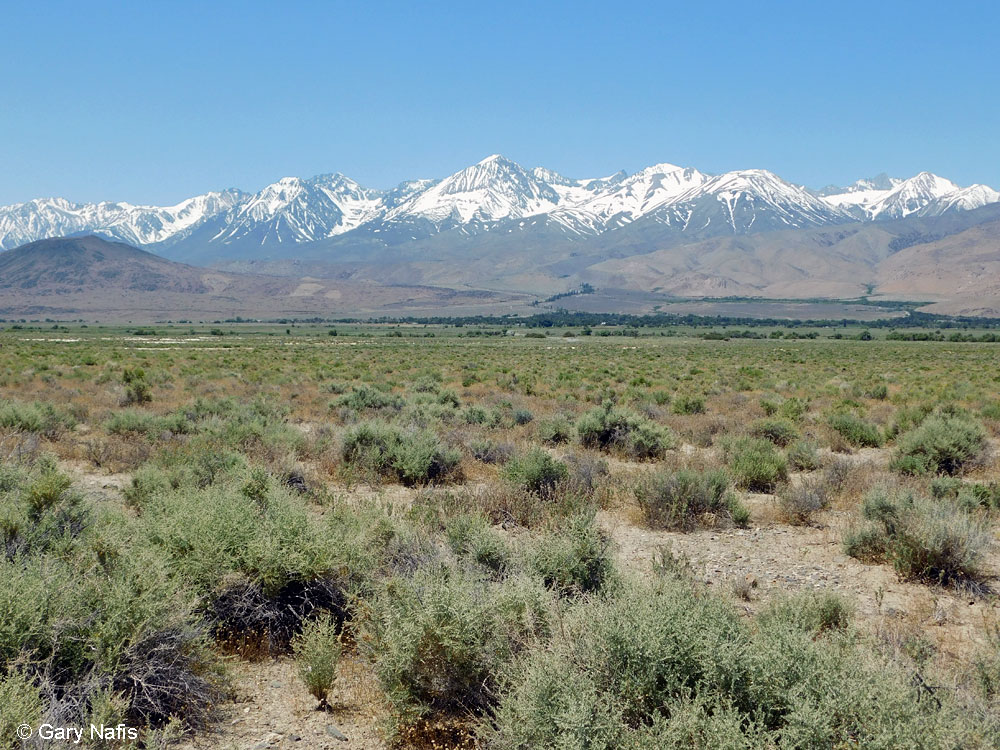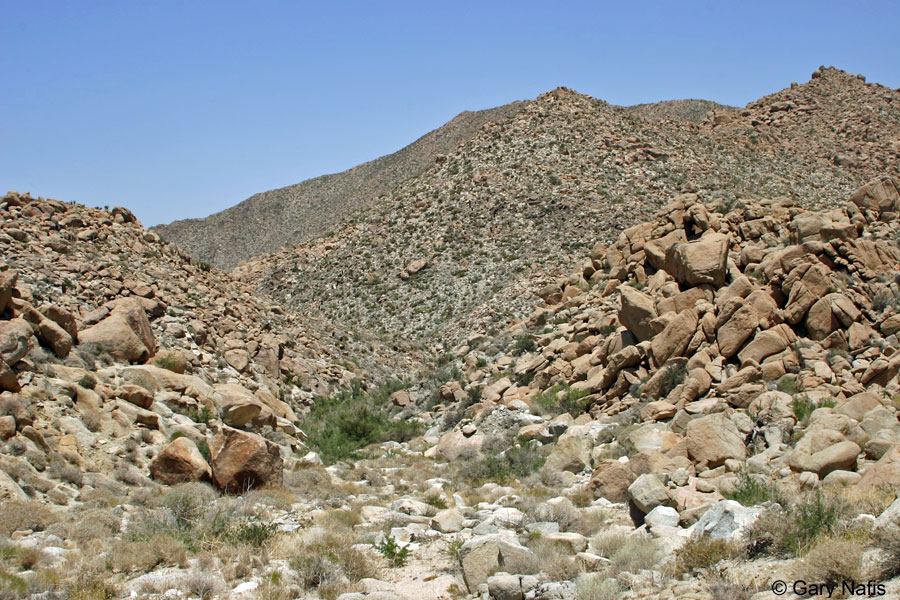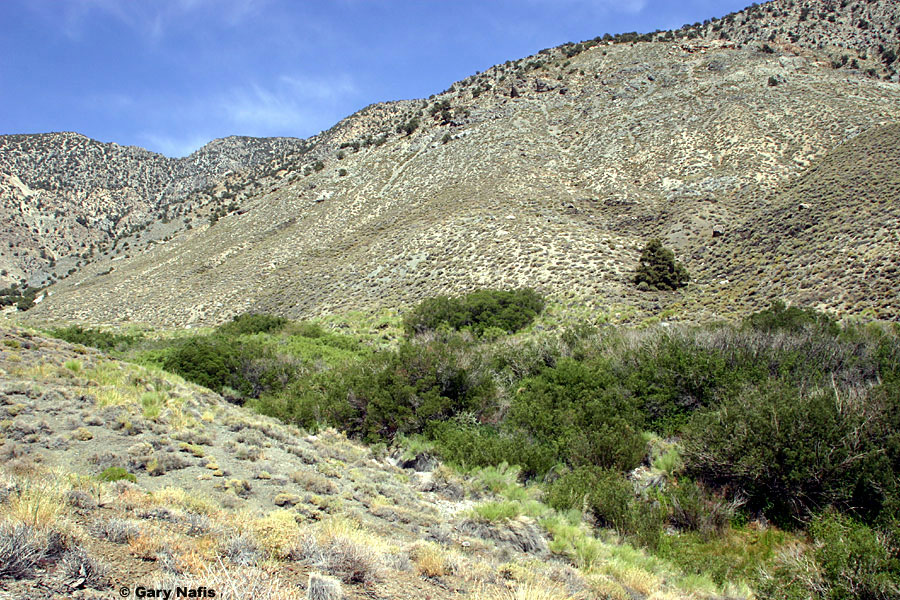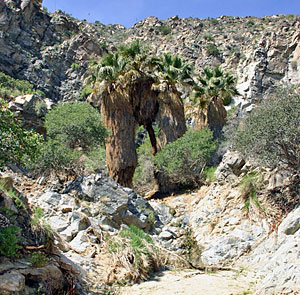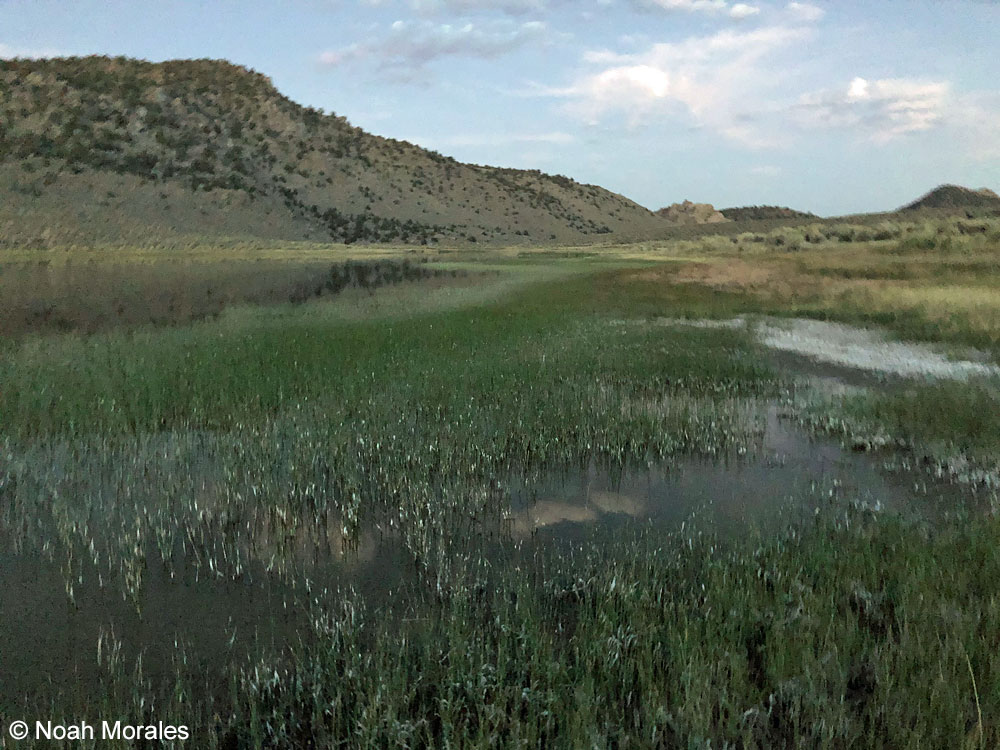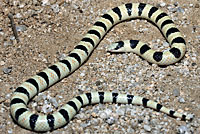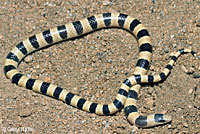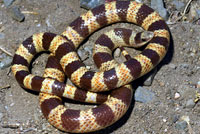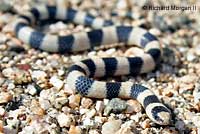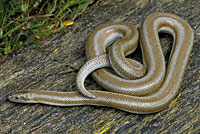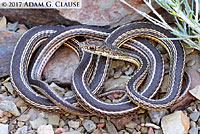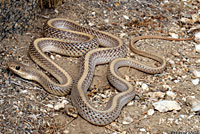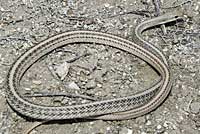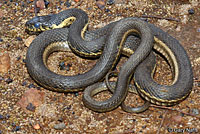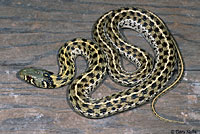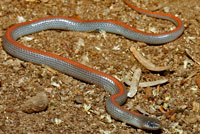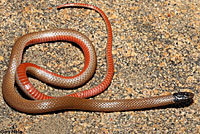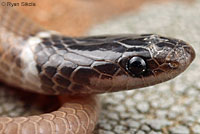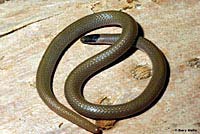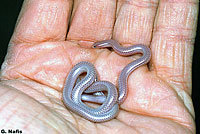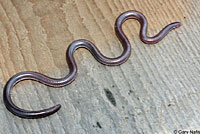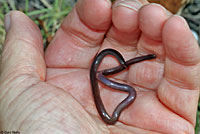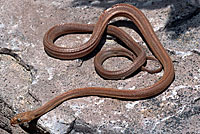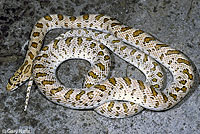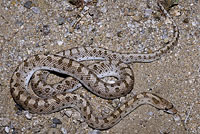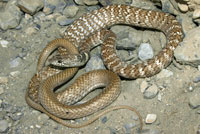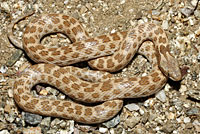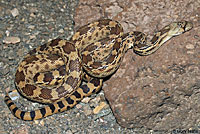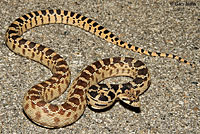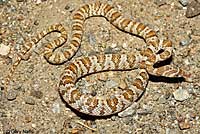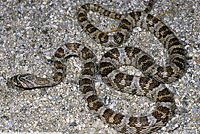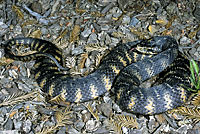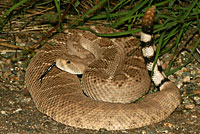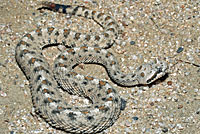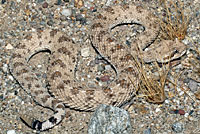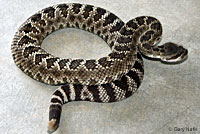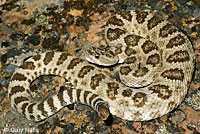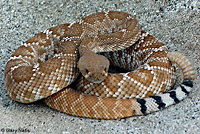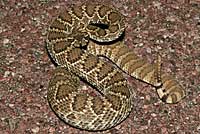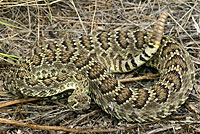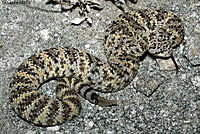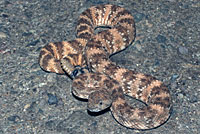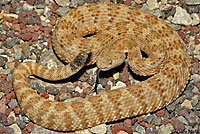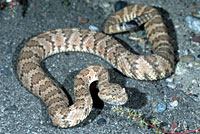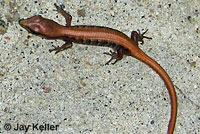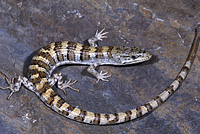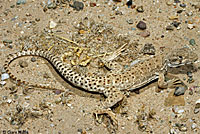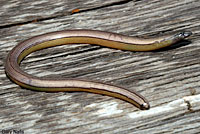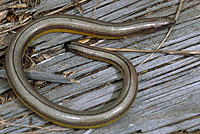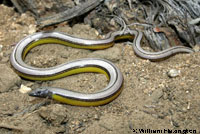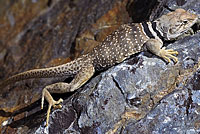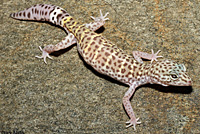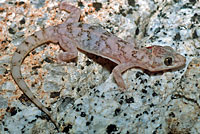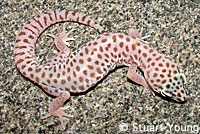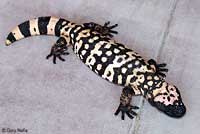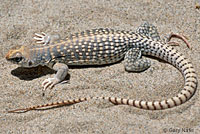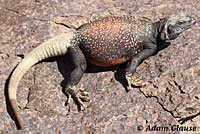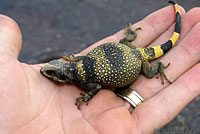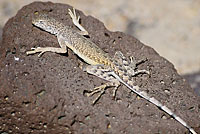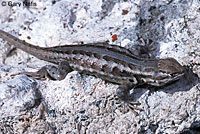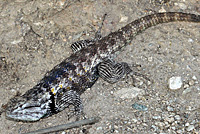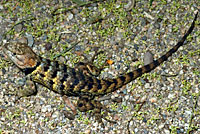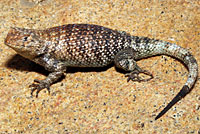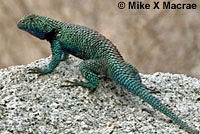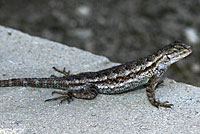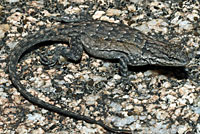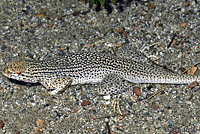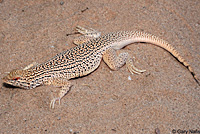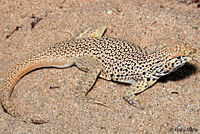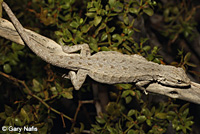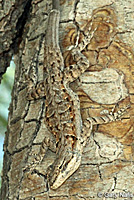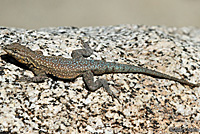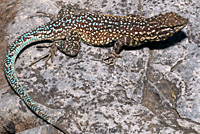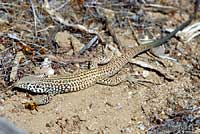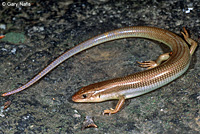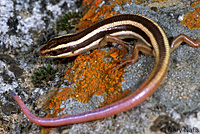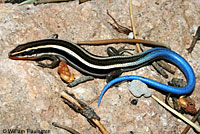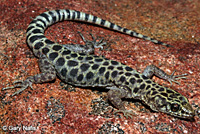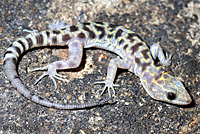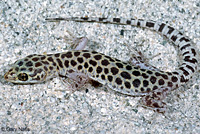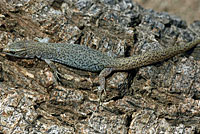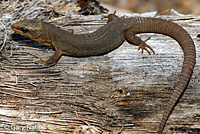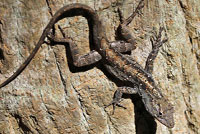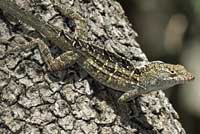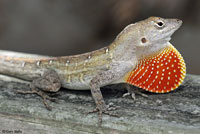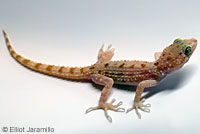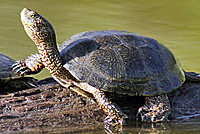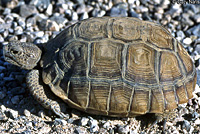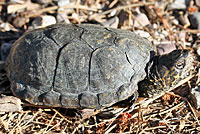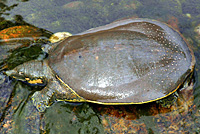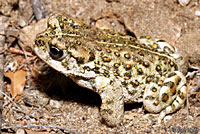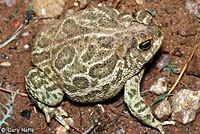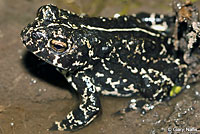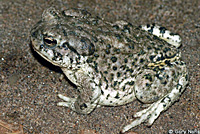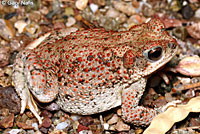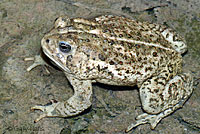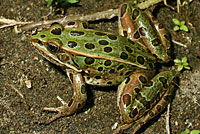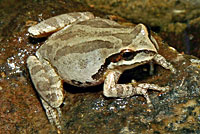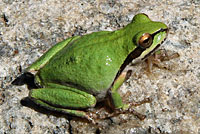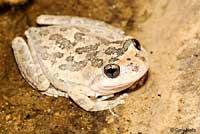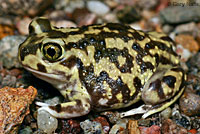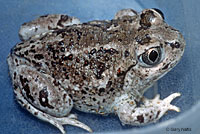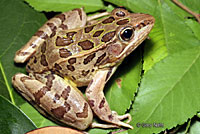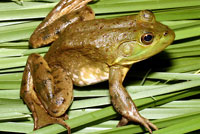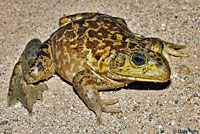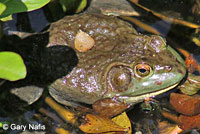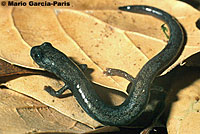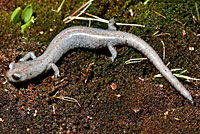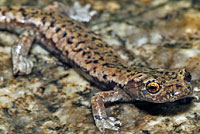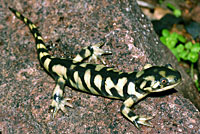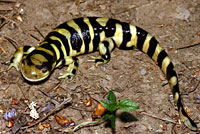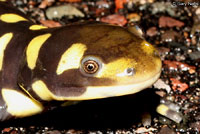Reptiles and Amphibians of the California Deserts

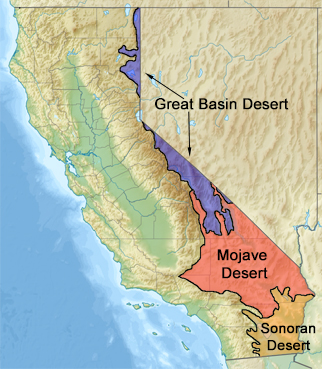
Distribution of California Deserts Covered Here

|
||||||||||||||||||||||||||||||||||||||||||||||||||||||||||||||||||||||||||||||||||||||||||||||||||||||||||||||||||||||||||||||||||||||||||||||||||||||||||||||||||||
These are the native and well-established non-native reptiles and amphibians (herps) that inhabit the deserts of California. There are three main deserts in the state, the Great Basin Desert, the Mojave Desert, and the Sonoran Desert. (A fourth desert is sometimes recognized - the San Joaquin Desert in the San Joaquin Valley, but not here as so much of it has been transformed by agriculture and other human development.) Because some herp species are found in all three deserts, the deserts are treated as one area here, but keep in mind that not every reptile and amphibian on this list will be found in the entire range of all of the deserts. Check the individual range maps to see where an animal you are trying to identify can be found. That helps a lot because reptiles and amphibians cannot stray far out of their documented range. First, determine if the herp you are searching for is a snake, a lizard, a turtle, a frog, or a salamander, then click on the corresponding button found above. (Snakes are subdivided into categories of body appearance - banded snakes, striped snakes, patternless snakes, patterned snakes, and rattlesnakes.) Then take a look at the picture gallery for a general idea of what each species looks like. (Not every physical variation is illustrated here.) If you think you see the herp you want to identify, click on the Latin Name link to see more pictures, a range map, and a species description. |
||||||||||||||||||||||||||||||||||||||||||||||||||||||||||||||||||||||||||||||||||||||||||||||||||||||||||||||||||||||||||||||||||||||||||||||||||||||||||||||||||||
|
||||||||||||||||||||||||||||||||||||||||||||||||||||||||||||||||||||||||||||||||||||||||||||||||||||||||||||||||||||||||||||||||||||||||||||||||||||||||||||||||||||
To make them easier to identify, California's desert snakes have been divided into five categories based of their overall appearance - banded, striped, patternless, patterned, and rattlesnakes. The main activity period of each snake is also listed - nocturnal, diurnal, or crepuscular. Some species are nocturnal in the heat of summer and diurnal in the winter and many can also be crepuscular, but for the most part these designations can be helpful in identifying a snake. |
||||||||||||||||||||||||||||||||||||||||||||||||||||||||||||||||||||||||||||||||||||||||||||||||||||||||||||||||||||||||||||||||||||||||||||||||||||||||||||||||||||
|
||||||||||||||||||||||||||||||||||||||||||||||||||||||||||||||||||||||||||||||||||||||||||||||||||||||||||||||||||||||||||||||||||||||||||||||||||||||||||||||||||||
Lizards are the most conspicuous reptiles in the desert. Most lizards in the California deserts are active during warm and sunny weather, typically from late February through October, and remain underground at other times.They become active later at higher elevations, and go underground sooner. They are most often seen during daylight sunning themselves on rocks, branches, fences, or walls, or running on the ground. Unless otherwise noted, the lizards below are all primarily diurnal. |
||||||||||||||||||||||||||||||||||||||||||||||||||||||||||||||||||||||||||||||||||||||||||||||||||||||||||||||||||||||||||||||||||||||||||||||||||||||||||||||||||||
|
||||||||||||||||||||||||||||||||||||||||||||||||||||||||||||||||||||||||||||||||||||||||||||||||||||||||||||||||||||||||||||||||||||||||||||||||||||||||||||||||||||
Due to the scarcity of standing water, few species of turtles are found in the California deserts. The Mohave Desert Tortoise is a true desert inhabitant, living in underground burrows far from any water. The other species do require water, and are typically found in rivers, streams, small ponds, and irrigation ponds found in desert areas. the Desert Mud Turtle was formerly found along the Colorado River, but is no longer found in that area. All of these turtles are mostly active in daylight. |
||||||||||||||||||||||||||||||||||||||||||||||||||||||||||||||||||||||||||||||||||||||||||||||||||||||||||||||||||||||||||||||||||||||||||||||||||||||||||||||||||||
|
||||||||||||||||||||||||||||||||||||||||||||||||||||||||||||||||||||||||||||||||||||||||||||||||||||||||||||||||||||||||||||||||||||||||||||||||||||||||||||||||||||
Frogs and toads in the California Deserts can be active most of the year, except during very hot and very cold weather. However, even during hot and dry weather, some species can be seen in water. Most of these amphibians are nocturnal in the deserts, and occasionally diurnal when termperatures are cooler. Often juveniles are diurnal. |
||||||||||||||||||||||||||||||||||||||||||||||||||||||||||||||||||||||||||||||||||||||||||||||||||||||||||||||||||||||||||||||||||||||||||||||||||||||||||||||||||||
|
||||||||||||||||||||||||||||||||||||||||||||||||||||||||||||||||||||||||||||||||||||||||||||||||||||||||||||||||||||||||||||||||||||||||||||||||||||||||||||||||||||
There are few species of native salamanders found in or adjacent to the Southern California deserts, and all of them are all found near riparian areas including streams, springs, and ponds.They are most often seen in moist areas underneath objects on the ground, or active at night in wet areas, or in the case of the tiger salamanders, in or near ponds where the larvae swim like tadpoles until they move out of the water to live on the land. The Mount Lyell Salamander is found in some riparian canyons in desert areas on the eastern side of the Sierra Nevada Mountains. Desert salamanders tend to be primarily nocturnal. |
||||||||||||||||||||||||||||||||||||||||||||||||||||||||||||||||||||||||||||||||||||||||||||||||||||||||||||||||||||||||||||||||||||||||||||||||||||||||||||||||||||
|
||||||||||||||||||||||||||||||||||||||||||||||||||||||||||||||||||||||||||||||||||||||||||||||||||||||||||||||||||||||||||||||||||||||||||||||||||||||||||||||||||||
Return to the Top
© 2000 -

